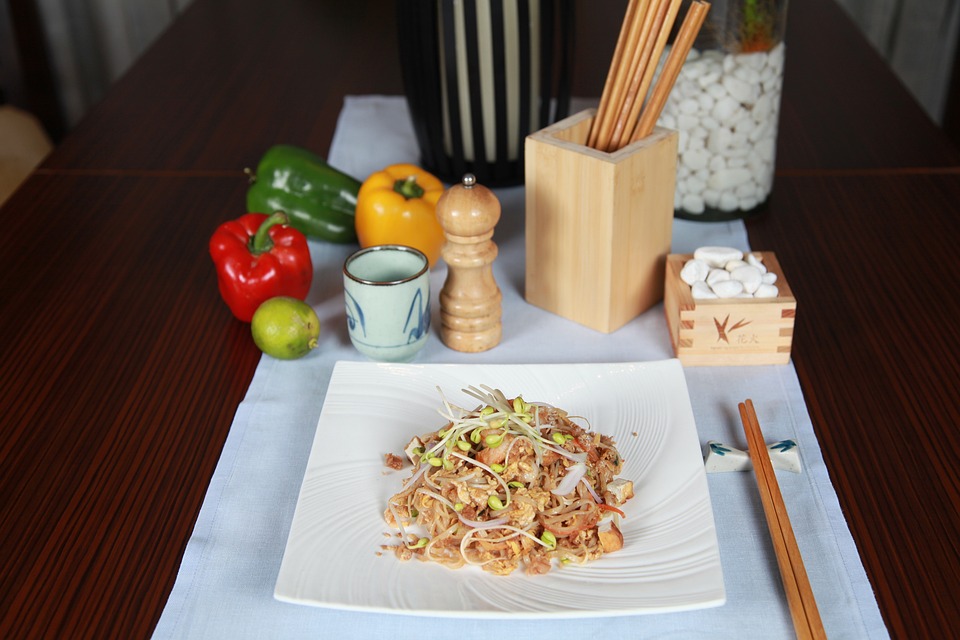[ad_1]
Chinese cuisine is known for its rich and complex flavors, and one of the key ingredients that contributes to this is soy sauce. Soy sauce, also known as “jiang you” in Chinese, is an essential component in many Chinese dishes, providing depth of flavor and umami richness. In this article, we will explore the role of soy sauce in Chinese cooking, including its essential ingredients and techniques.
Essential Ingredients
Soy sauce is made from fermented soybeans, wheat, salt, and water. There are two main types of soy sauce used in Chinese cooking: light soy sauce and dark soy sauce. Light soy sauce is thin and salty, with a lighter color, while dark soy sauce is thicker, sweeter, and has a darker color.
Light soy sauce is often used for seasoning and marinating, while dark soy sauce is used for adding color and depth of flavor to dishes. Some recipes call for both types of soy sauce to achieve the perfect balance of saltiness and sweetness.
Techniques
Soy sauce is used in a variety of ways in Chinese cooking. It can be used as a seasoning, a marinade, a dipping sauce, and a cooking sauce. When using soy sauce as a seasoning, a small amount is added to dishes to enhance the overall flavor. As a marinade, soy sauce can be combined with other ingredients such as garlic, ginger, and sugar to tenderize and flavor meats and vegetables. As a dipping sauce, soy sauce is often combined with vinegar, sesame oil, and other condiments to create a savory and tangy accompaniment to dumplings, spring rolls, and other snacks. Finally, soy sauce can also be used as a cooking sauce to stir-fry, braise, or simmer ingredients, infusing them with its signature umami taste.
Conclusion
Soy sauce is a fundamental ingredient in Chinese cooking, adding depth of flavor, umami richness, and a touch of sweetness to a wide range of dishes. Whether it’s used as a seasoning, a marinade, a dipping sauce, or a cooking sauce, soy sauce plays a crucial role in creating the complex and delicious flavors that Chinese cuisine is known for.
FAQs
Q: Is soy sauce gluten-free?
A: Traditional soy sauce is made with wheat, so it is not gluten-free. However, there are gluten-free options available that are made without wheat.
Q: Can I substitute light soy sauce for dark soy sauce?
A: While they can both be used as a seasoning, the flavor and color of the dish may be affected. It’s best to use the type of soy sauce specified in the recipe for the best results.
Q: How long does soy sauce last?
A: Unopened soy sauce can last indefinitely if stored in a cool, dark place. Once opened, soy sauce should be used within a year for the best flavor.
Q: Can I use soy sauce as a substitute for salt in recipes?
A: Yes, soy sauce can be used as a substitute for salt in certain recipes, but keep in mind that it will also add its own unique flavor and color to the dish.
Overall, soy sauce is a versatile and essential ingredient in Chinese cooking, adding depth and complexity to a wide range of dishes. Whether you’re seasoning, marinating, dipping, or cooking, soy sauce is a key component in creating the delicious flavors of Chinese cuisine.
[ad_2]





Comments